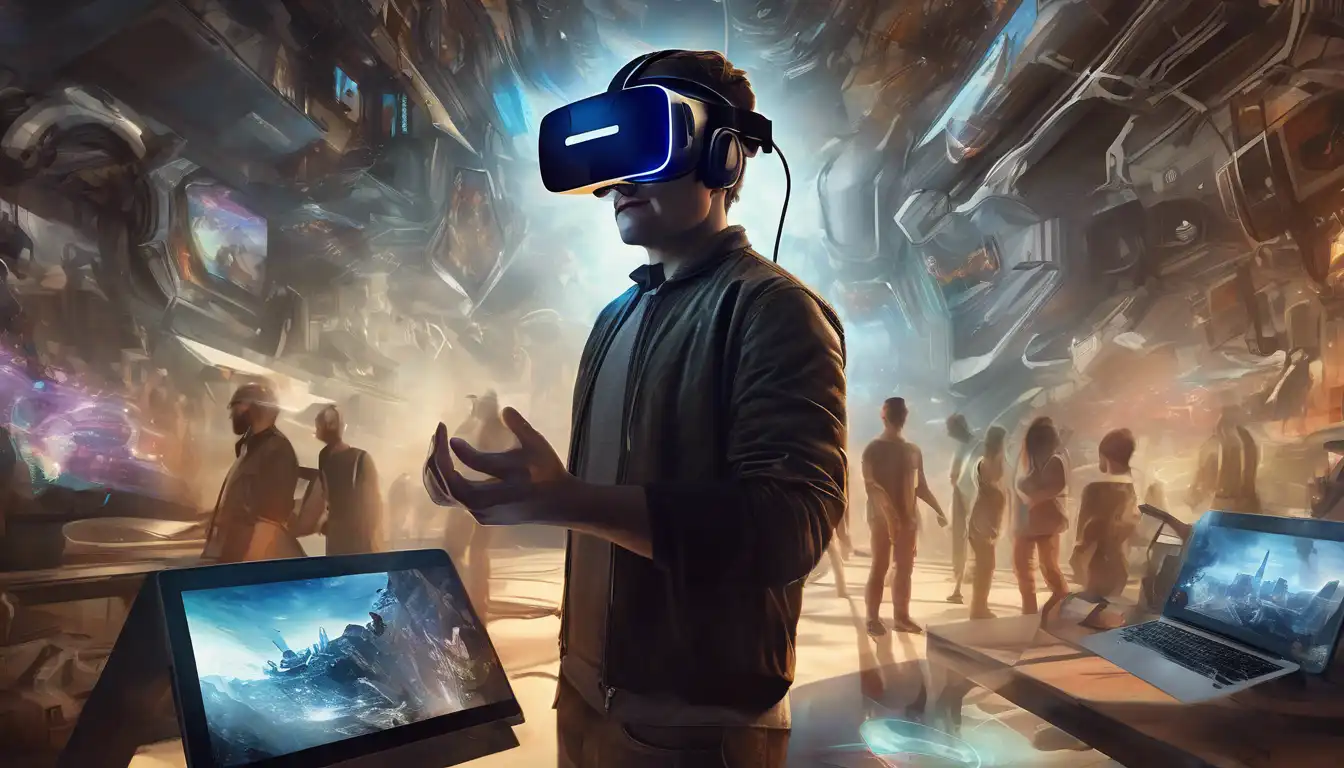Introduction to Virtual Reality
Virtual Reality (VR) is no longer just a figment of science fiction. It's here, and it's transforming the way we interact with digital content. From gaming to education, VR is paving the way for immersive experiences that were once unimaginable.
The Evolution of Virtual Reality
The journey of VR from a niche technology to a mainstream phenomenon is nothing short of remarkable. Early experiments in the 20th century laid the groundwork, but it's the recent advancements in hardware and software that have truly unlocked its potential.
Applications of Virtual Reality
VR's applications span across various sectors. Here are a few key areas where VR is making an impact:
- Gaming: Offering unparalleled immersion, VR games are redefining entertainment.
- Education: Virtual classrooms and simulations provide interactive learning experiences.
- Healthcare: From surgical training to therapy, VR is saving lives.
- Real Estate: Virtual tours are changing how properties are marketed and sold.
Why Virtual Reality is the Next Big Thing
The potential of VR is limitless. With the advent of more affordable and accessible VR headsets, the technology is set to become a staple in households and industries alike. Its ability to create fully immersive, interactive environments is unmatched, making it a key player in the future of technology.
Challenges and Opportunities
Despite its promise, VR faces challenges such as high costs and the need for more content. However, these hurdles present opportunities for innovation and growth in the sector.
Conclusion
Virtual Reality is not just the next big thing in tech; it's a gateway to new worlds. As technology continues to evolve, the possibilities for VR are endless. The future is virtual, and it's arriving faster than we think.
For more insights into the latest tech trends, check out our tech trends section.
